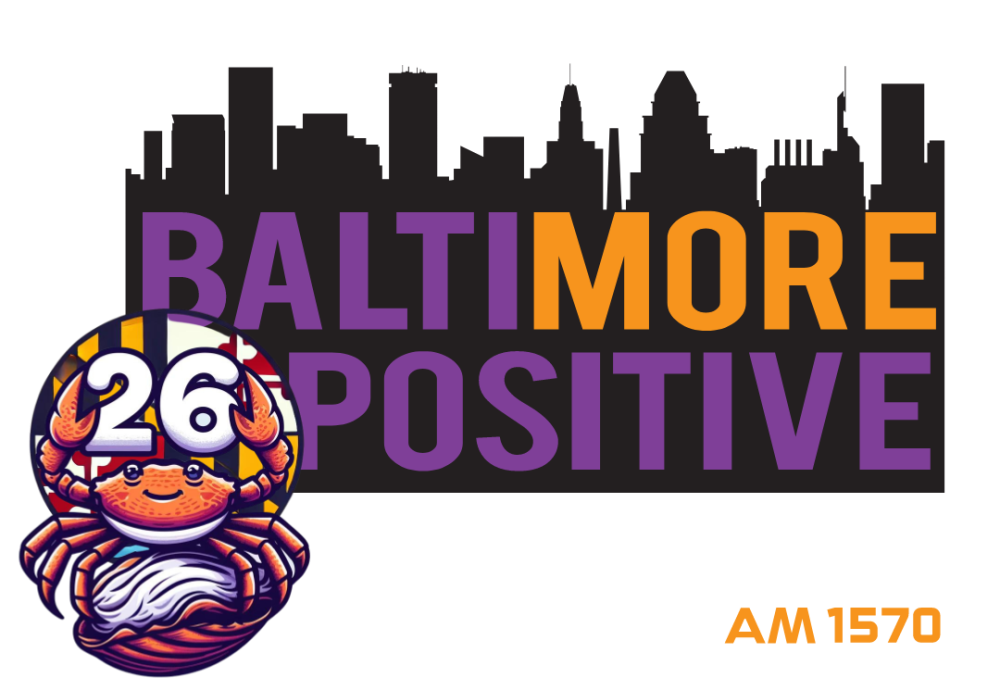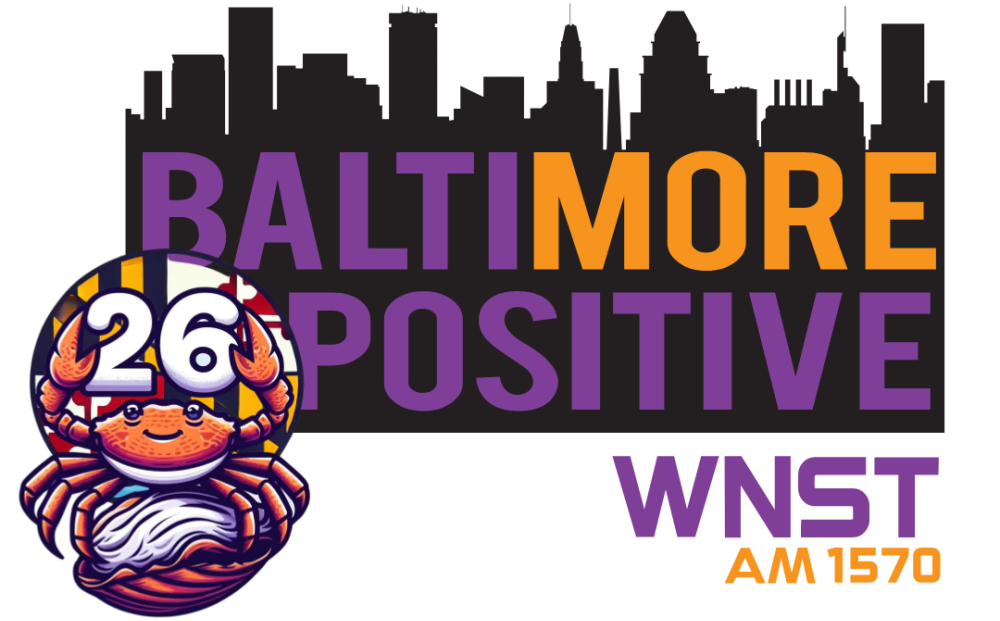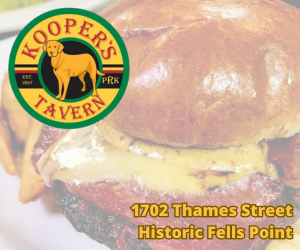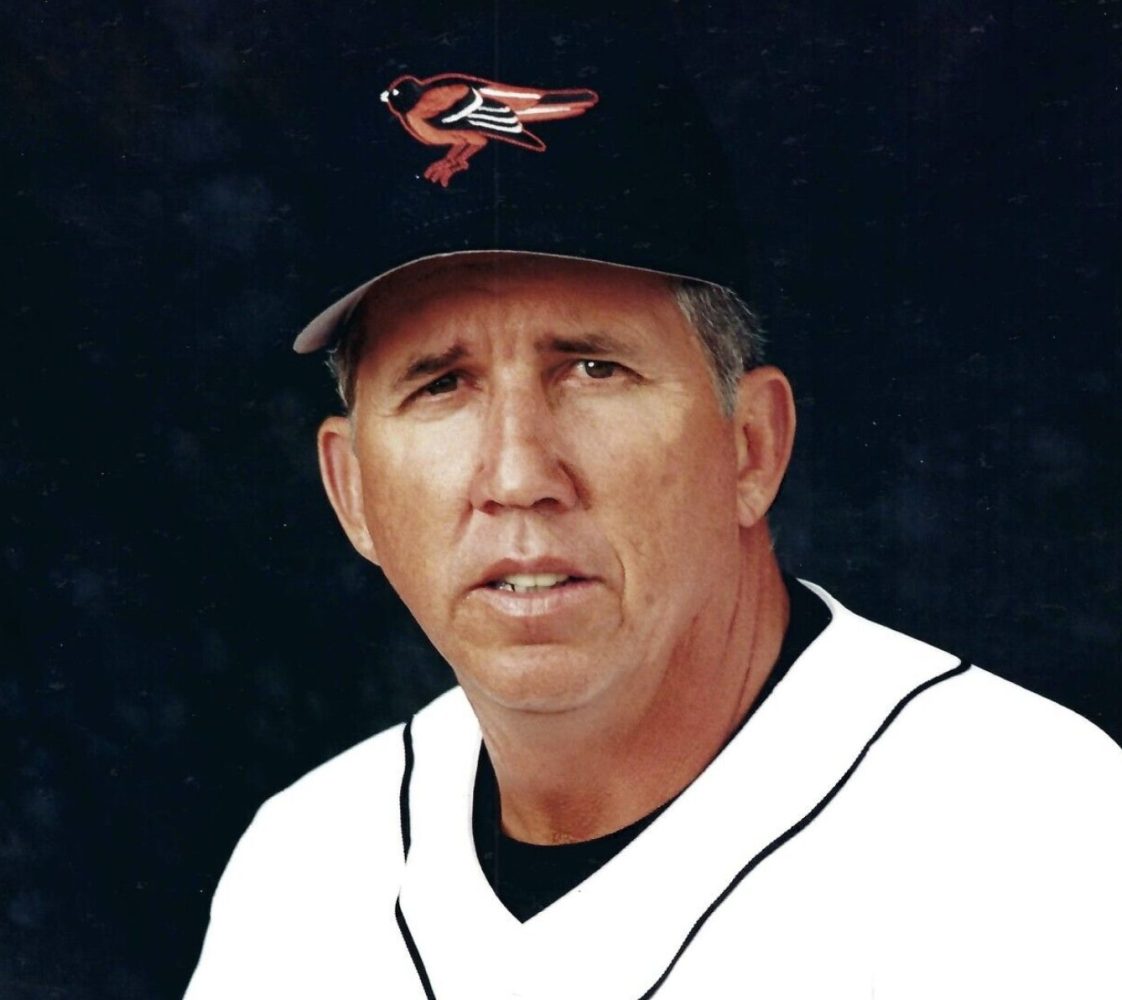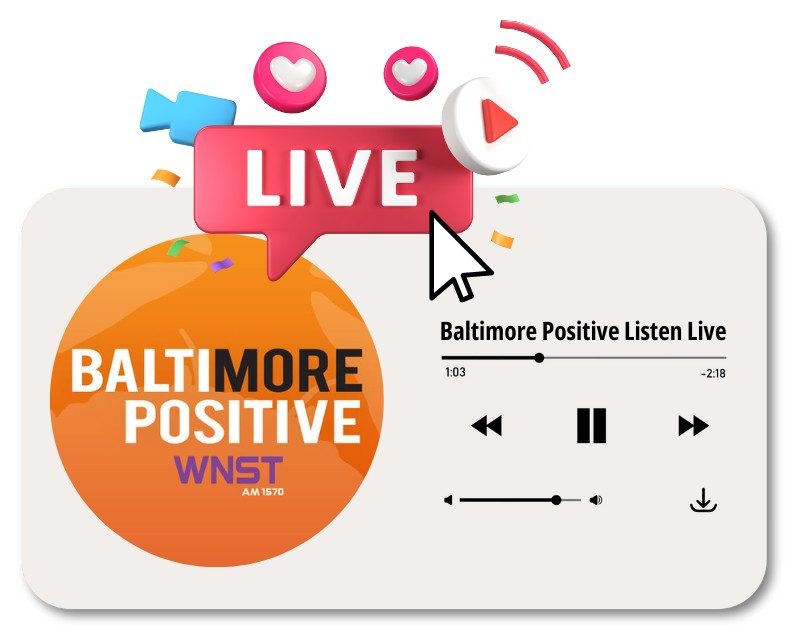Gillick left the Blue Jays at the end of the 1994 strike season and was headlong into trying to purchase the California Angels with Bill DeWitt Jr., who was originally the man who was to purchase the Orioles from Eli Jacobs three years earlier. But Disney’s massive money wound up finding owners Gene and Jackie Autry, so Gillick found himself out of the sport and wanting to get back into the right situation after building a legacy of greatness north of the border in Toronto.
Gillick engineered the complete dismantling of a losing expansion franchise and built the mighty Blue Jays, who had been hapless for their first decade of existence and a perennial contender once he had acquired the right talent to go along with a farm system that always found key players. Using the money that Skydome’s opening generated in 1989, Gillick got the Jays to the World Series three times and won a pair of World Championships, in 1992 and 1993.
He had been in baseball his whole life, scouting and running teams from 1964 until 1994. And now a year out of baseball, Gillick was itching for the action and wanted back into MLB but only in a capacity where he felt he could win.
The Baltimore Orioles had a lot to offer one of the best baseball minds in the world. A strong core of players like Rafael Palmeiro, Cal Ripken, Brady Anderson, Mike Mussina and Scott Erickson not to mention a treasure trove of the money that Camden Yards was printing and local hero-wannabe owner Peter Angelos was dying to spend.
Angelos, through the 1994 strike war, found himself at odds with every owner in the sport but he had developed a particular disdain for George Steinbrenner and the New York Yankees, who not only was far more famous – if not infamous – but “The Boss” also had re-emerged from his MLB exile with a vengeance and wanted to win again.
Gillick knew Angelos would spend on the best players but he wasn’t sold on his character or integrity after hearing the “street” reports about the meddling that the noveau riche owner in Baltimore had been doing from the outset. Gillick had also spent time with DeWitt, who was still freshly stung that he invested nearly $10 million in Team Angelos with Larry Lucchino in 1993 as a “partner” only to be completely marginalized after the purchase.
“I never thought [Angelos] had a game plan,” Gillick later told The Los Angeles Times. “I didn’t think he knew what he was doing.” Gillick also admitted to the newspaper that he was “disenchanted by the way Angelos left manager Phil Regan and general manager Roland Hemond hanging while talking to and about possible replacements.”
And the whole notion that a manager was looking to hire a general manager was an absurd model for success in any business. “I felt they had definitely put the cart before the horse,” Gillick said.
Meanwhile Davey Johnson sold Gillick profusely about the opportunity to win – and win quickly – if he came to the Orioles. As for Angelos? “I told Pat that Peter’s heart is as big as gold,” Johnson later told the newspaper.
Johnson, who signed a three-year, $2.25 million deal with the Orioles, convinced Gillick to come to Baltimore, where he signed a three-year, $2.4 million deal and they decided to go arm-in-arm back to the organization where they met as kids. “I never made it to Memorial Stadium, except as a spectator,” Gillick said of his career on November 28, 1995 when he took the job. “But it sure will be great to be a part of Camden Yards. What really convinced me to come back is that this club is close to winning.”
Angelos, who began his tradition of not attending major press conferences, released a “statement from the managing partner”:
“With Pat Gillick joining Davey Johnson, we now have the more formidable baseball operations team in the game,” he bragged. “Pat will oversee all aspects of the baseball operations. His abilities and leadership should provide Orioles fans with the championship they so richly deserve.”
With a myriad of top players on the market and an almost open checkbook competing in a depressed industry after the 1994 work stoppage, Gillick wasted no time in rolling up his sleeves and working his Rolodex. On December 14, relief pitcher Randy Myers was signed to a 2-year, $6.5 million deal. On December 20, Gillick signed B.J. Surhoff to a 3-year, $5 million contract and the next day added future Hall of Famer Roberto Alomar on a 3-year, $17 million deal. Alomar, considered one of the premier players in the sport, was a key part of the championships they won together in Toronto earlier in the decade.
When he failed to sign pitcher David Cone, Gillick later traded for lefties David Wells and Kent Mercker and the 1996 Baltimore Orioles were loaded with a $48 million payroll and ready to win a championship. Kevin Brown, Ben McDonald, Leo Gomez, Bret Barberie and Doug Jones were all dumped from the 1995 team, freeing up nearly $12 million in payroll for Gillick to spend.
Incidentally, in the three weeks between the hiring of Davey Johnson and Pat Gillick, the newspapers and media in Baltimore were being drawn by an even-bigger story unfolding in Baltimore.
On November 6, 1995, Arthur B. Modell showed up in Parking Lot D to announce he was moving the Cleveland Browns to Baltimore for the 1996 season.
Peter Angelos had lost out on his chance to become an NFL owner in Baltimore.
In January 1996, the Baltimore Ravens were born.
***
BY EARLY 1996, THE PUBLIC personality of Peter G. Angelos was beginning to evolve and not all of the tales were pretty. The local newspapers – both The Baltimore Sun and The Washington Post covered the team as extensively as they covered local government – often referred to him as “King Peter,” because many employees (and the growing list of disgruntled, trampled ex-employees) were weaving tales of his unorthodox philosophies, actions and deeds.
When the Cleveland Browns franchise landed in Baltimore as the Ravens, their new human resources department was flooded with resumes from employees of the Orioles who wanted out of The Warehouse and away from the Angelos administration. For the players, knowing the Orioles owner wanted to win was more than enough and his checks cashed. For the management team, it was clearly a challenge given the many early departures in his tenure and the stories of meddling that were being reported in the media – and later blasted by Angelos with full character attacks faxed over to the bosses.
